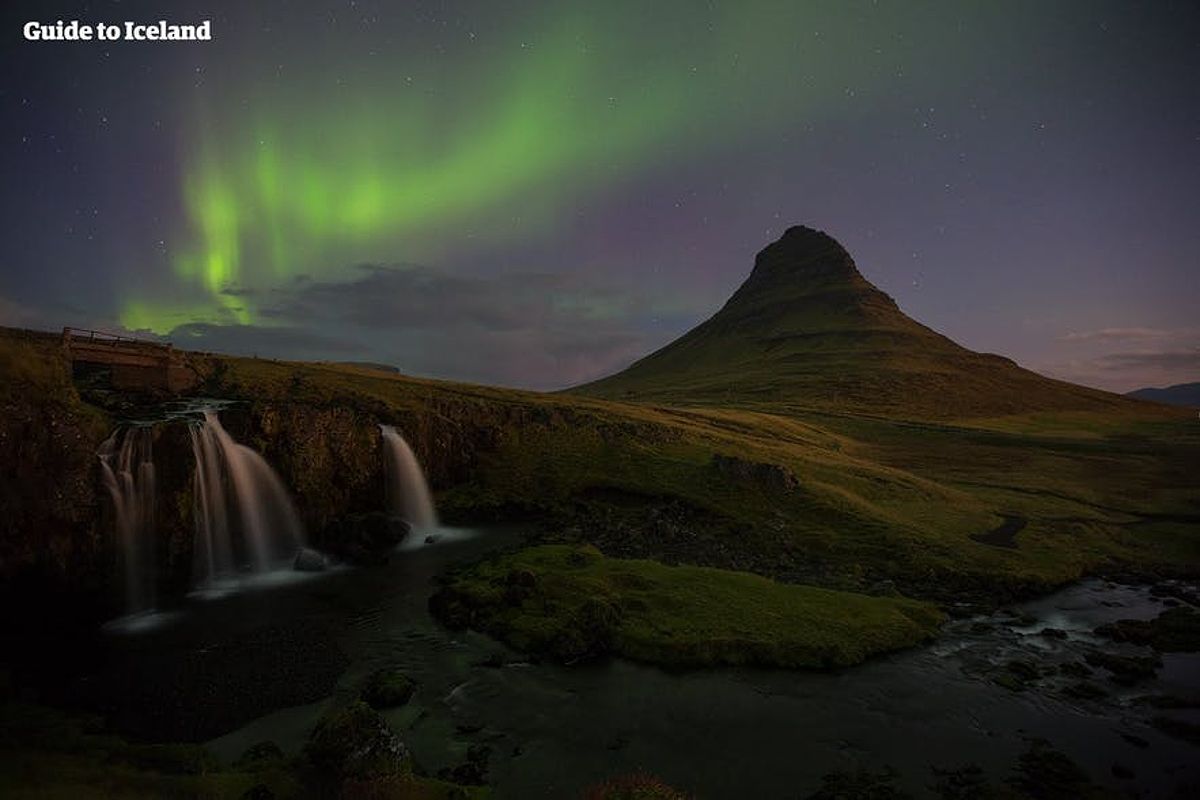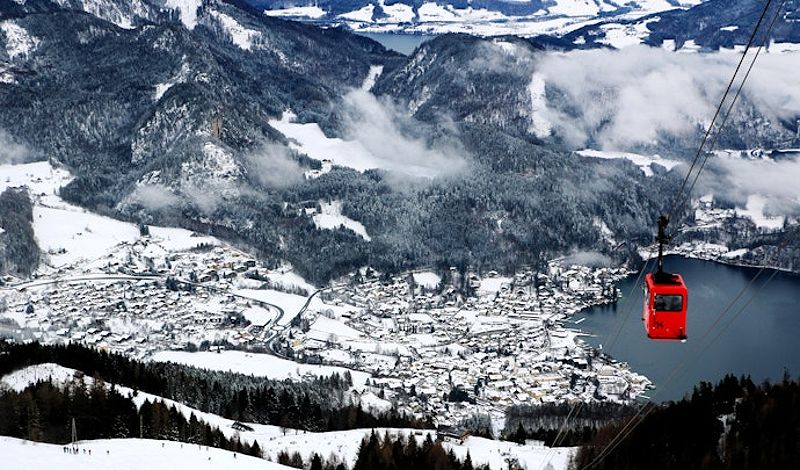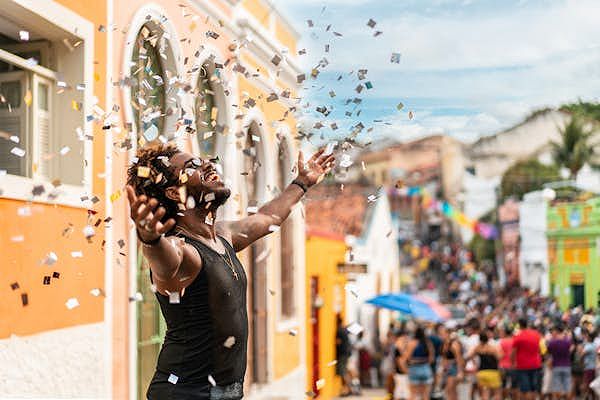The Best Time To Travel To Iceland For Northern Lights: Chasing The Aurora In Comfort And Style
Iceland’s Northern Lights: Finding the Best Time to Travel
Iceland’s winter attracts many hoping to witness the aurora borealis, a mesmerizing display of emerald, violet, and crimson light across the Arctic sky. However, unpredictable weather can hinder viewing. November through January offer the longest hours of darkness, ideal for aurora viewing, but also the harshest conditions. September and April present a compromise: shorter nights, milder weather, and fewer crowds. Determining the best time to travel to Iceland northern lights involves weighing these factors.
The aurora borealis is a breathtaking natural phenomenon. Charged particles from the sun colliding with atmospheric gases create this vibrant light show. Iceland, with its stunning landscapes and minimal light pollution, provides an exceptional viewing location.
Unveiling the Secrets of the Northern Lights
The science behind the aurora borealis is as fascinating as the lights themselves. When solar winds—streams of charged particles released from the sun—reach the Earth, they interact with the planet’s magnetic field. This interaction causes the particles to collide with gases in the atmosphere, primarily oxygen and nitrogen, creating the spectacular light displays we associate with the aurora.
The Role of Darkness and Solar Activity
For these lights to be visible, the skies must be dark enough. This is why the best time to travel to Iceland for northern lights sightings is during the winter months when nights are long. However, darkness alone isn’t sufficient; solar activity also plays a crucial role. The Kp index, which measures geomagnetic activity, indicates the likelihood of auroras occurring. A higher Kp index generally means more intense displays.
It’s also essential to consider the solar cycle, which lasts approximately 11 years. During solar maximum, the sun is more active, leading to more frequent and intense auroras. Thus, keeping an eye on solar activity forecasts can enhance your chances of witnessing this magical phenomenon.
Navigating the Northern Lights Calendar: When to Visit Iceland
The best time to travel to Iceland for northern lights sightings is between September and April, with the peak months being November, December, and January. During these winter months, the nights are long, and the skies are dark, providing optimal conditions for the aurora to shine brightly. However, the trade-off is that the weather can be harsher, with the potential for snowstorms and bitterly cold temperatures.
Balancing Darkness and Mild Weather
For those seeking a balance between darkness and milder weather, the shoulder seasons of September, October, March, and April may be a better choice. While the nights are not quite as long, the conditions are generally more pleasant, allowing you to enjoy other winter activities in Iceland alongside your northern lights hunt. Although the duration of darkness is less in these months, clearer skies often compensate, leading to successful sightings even with shorter viewing windows. For instance, in early April 2023, several photographers reported stunning aurora displays in the Snaefellsnes Peninsula despite the shorter nights, due to exceptionally clear skies and high solar activity.
Month-by-Month Breakdown
- September: As summer transitions to fall, the nights start to lengthen. This month offers relatively mild weather, with average temperatures around 8.5°C (47.3°F), based on data from the Icelandic Meteorological Office. The auroras can begin to appear, making it a great time for early season hunters.

-
October: The nights grow longer, and the chances of seeing the northern lights increase significantly. Average temperatures drop to around 5°C (41°F). This month sees fewer tourists, providing a more intimate experience with nature.
-
November: This is when the true northern lights season kicks off. The nights are at their longest, and the likelihood of seeing the aurora is high. However, temperatures can plummet to around -1°C (30°F), and snow is a possibility.
-
December: The longest nights of the year make December an excellent time for aurora hunting. With temperatures hovering around -3°C (27°F), the cold is offset by the magic of the lights dancing in the sky. Plus, the holiday season brings a festive atmosphere to Iceland.

-
January: Continuing the trend of long nights and high aurora activity, January is one of the best months for viewing. However, it’s essential to dress warmly, as temperatures can drop to -5°C (23°F) or lower.
-
February: As the days start to lengthen, aurora sightings remain common. With average temperatures around -2°C (28°F), February can be a comfortable time to explore Iceland’s winter landscapes while still chasing the lights.
-
March: The arrival of spring brings milder weather and shorter nights. While aurora sightings are still possible, the chances decrease as the month progresses. Temperatures can vary from 0°C (32°F) to 5°C (41°F).
-
April: This month marks the end of the northern lights season. With longer daylight hours and milder temperatures averaging around 5°C (41°F), it’s a great time to enjoy other activities in Iceland, such as exploring waterfalls and geothermal springs.
Summary Table
| Month | Darkness | Weather | Other Activities | Crowds |
|---|---|---|---|---|
| September | Increasing | Mild (around 8.5°C) | Great for hiking | Moderate |
| October | Long nights | Cooler (around 5°C) | Fewer tourists | Low |
| November | Longest nights | Cold (-1°C) | Winter sports | Moderate |
| December | Longest nights | Very cold (-3°C) | Festive activities | High |
| January | Long nights | Very cold (-5°C) | Ice caves, glacier hikes | Moderate |
| February | Shortening | Cold (-2°C) | Snowmobiling | Moderate |
| March | Shortening | Mild (0-5°C) | Exploring nature | Low |
| April | Shortening | Mild (around 5°C) | Spring activities | Moderate |
Chasing the Aurora: Strategies for Optimal Viewing
To increase your chances of seeing the northern lights, it’s essential to monitor weather forecasts and aurora activity predictions. The Icelandic Meteorological Office and other reputable sources provide up-to-date information on cloud cover and the Kp index, a measurement of solar activity that indicates the likelihood of aurora displays.
Weather Monitoring
Weather conditions can change rapidly in Iceland. Cloud cover is the primary obstacle to viewing the aurora borealis, as it can completely obscure the lights, no matter how active the solar conditions may be. Therefore, checking weather forecasts daily is crucial. Websites and apps that specialize in aurora forecasting can help you identify the best nights for viewing.

Optimal Locations for Viewing
To fully appreciate the splendor of the northern lights, finding a location with minimal light pollution is essential. While the northern lights can be spotted from within Reykjavik, the city’s glow can diminish the intensity and clarity of the display. Reykjavik’s light pollution levels average 5-6 on the Bortle scale, significantly higher than the 2-3 units found in the remote Myvatn region.
For the best viewing experience, venture out to more remote areas, such as:
- Snaefellsnes Peninsula: Known for its dramatic landscapes, this region offers dark skies and stunning backdrops for the aurora.

-
Jökulsárlón Glacier Lagoon: The reflection of the lights on the glacial waters creates a breathtaking scene that you won’t want to miss.
-
Myvatn Region: Renowned for its geothermal activity, this area provides excellent viewing conditions away from city lights.
A specific example of a successful aurora viewing outside Reykjavik occurred on the night of January 15th, 2024, near the Kirkjufell mountain, showcasing the stark difference in viewing quality compared to within Reykjavik city limits.
Guided Tours vs- Independent Hunting
For those who prefer the guidance of experts, Iceland offers a wide range of northern lights tours that can enhance your chances of seeing the aurora borealis. These tours are led by knowledgeable guides who have a deep understanding of the optimal viewing locations and the science behind the northern lights.
Advantages of Guided Tours
-
Expert Knowledge: Guides know the best spots for viewing and can provide insights into the science behind the aurora.
-
Convenience: Organized tours take care of transportation and logistics, allowing you to focus solely on enjoying the experience.
-
Free Return Trips: Many tour operators offer a guarantee of a free return trip if you don’t see the northern lights on your first outing.
Independent Aurora Hunting
If you prefer a more adventurous approach, renting a car gives you the flexibility to chase the aurora on your own terms. This option allows you to explore off-the-beaten-path locations and enjoy Iceland’s stunning landscapes without the constraints of a tour group. However, ensure you’re prepared for the challenges of driving in winter conditions and have a reliable GPS or map.
Capturing the Magic: Photography Tips for Northern Lights Enthusiasts
For those who wish to immortalize the enchanting display of the northern lights, photography can be a captivating pursuit. To capture the best results, it’s recommended to bring a DSLR or mirrorless camera, along with a sturdy tripod, a wide-angle lens, and a remote shutter release.
Camera Settings for Astrophotography
When it comes to camera settings, manual mode is the way to go. Here are some tips for optimal settings:
-
Long Exposure: Use a shutter speed of 10-30 seconds to capture the movement of the aurora.
-
High ISO: Start with an ISO setting of 800 to 3200, depending on the brightness of the aurora and the ambient light.
-
Wide Aperture: A lens with a wide aperture (f/2.8 or lower) allows more light to enter, helping you capture the details of the lights.
Aurora Borealis Photography: Advanced Techniques
To further enhance your photography, consider these advanced techniques:
-
Shutter Speed: Experiment with shutter speeds to capture different aurora movements. A slower speed can create a dreamy effect, while a faster speed can freeze the action.
-
ISO Adjustments: Adjust your ISO based on the aurora’s brightness and the surrounding light conditions. Higher ISO settings can introduce noise, so find a balance that works for you.
-
Aperture Control: Use a wide aperture to maximize light intake, but be cautious of depth of field. A narrower aperture can ensure more elements in focus if you’re incorporating foreground subjects.
Composition and Battery Care
Compose your shots carefully, incorporating the stunning Icelandic landscape as a backdrop to the dancing lights. With a bit of practice and patience, you’ll be able to create breathtaking images that will forever remind you of your northern lights adventure.
Also, keep your camera battery warm, as the cold Icelandic temperatures can drain it quickly. Consider storing your spare batteries in an inside pocket to keep them warm until you’re ready to use them.
Dressing for the Arctic: Essential Packing for Your Northern Lights Adventure
Exploring Iceland’s winter wonderland and chasing the northern lights requires proper attire to stay warm and comfortable. Layering is key, with a base layer of thermal underwear, a middle layer of fleece or wool, and a waterproof outer layer to protect against the elements.
Essential Clothing List
-
Thermal Underwear: This base layer will help retain heat while wicking moisture away from your skin.
-
Fleece or Wool Layer: A warm middle layer will provide insulation and additional warmth.
-
Waterproof Outer Layer: A good-quality, waterproof jacket will protect you from wind and snow.
-
Insulated, Waterproof Boots: These will keep your feet dry and warm while walking on potentially icy terrain.
-
Accessories: Don’t forget gloves, a hat, and a scarf to shield your extremities from the arctic chill. Hand and foot warmers can also be a lifesaver when you’re standing outside for extended periods, waiting for the northern lights to appear.
Frequently Asked Questions
What if I don’t see the Northern Lights during my trip?
While sightings are never guaranteed, extending your stay in Iceland can significantly increase your chances of witnessing the northern lights. Some tour operators even offer free return trips if you don’t see the aurora on your first outing.
How cold does it get in Iceland during the Northern Lights season?
Temperatures in Iceland can vary, but you can expect below-freezing conditions, especially at night. Dressing in warm, layered clothing is essential to stay comfortable while waiting for the northern lights to appear.
Are Northern Lights tours expensive?
Prices for northern lights tours in Iceland can vary, depending on the tour type, duration, and any additional activities included. It’s essential to budget accordingly and book your tour in advance, especially during the peak season.
What are the best ways to find information on aurora forecasts?
Reliable sources include the Icelandic Meteorological Office website and various aurora forecast apps that provide real-time updates on solar activity and weather conditions.
How long should I stay in Iceland to maximize my chances of seeing the Northern Lights?
A minimum of 3-4 nights is recommended, allowing for flexibility due to weather and aurora activity variations. This gives you multiple opportunities to chase the lights.
Conclusion
Chasing the aurora borealis in Iceland is an unforgettable experience, but the best time to visit requires careful planning and consideration. By understanding the optimal viewing window, monitoring weather and aurora forecasts, and choosing the right locations and guided tours, you can increase your chances of witnessing this breathtaking natural wonder.
Whether you prefer the long, dark nights of peak season or the milder conditions of the shoulder seasons, Iceland offers a unique and enchanting opportunity to immerse yourself in the magic of the northern lights. Start planning your Icelandic adventure today and get ready to be captivated by the celestial dance of the aurora borealis.
MORE FROM hotsavingsradar.com













